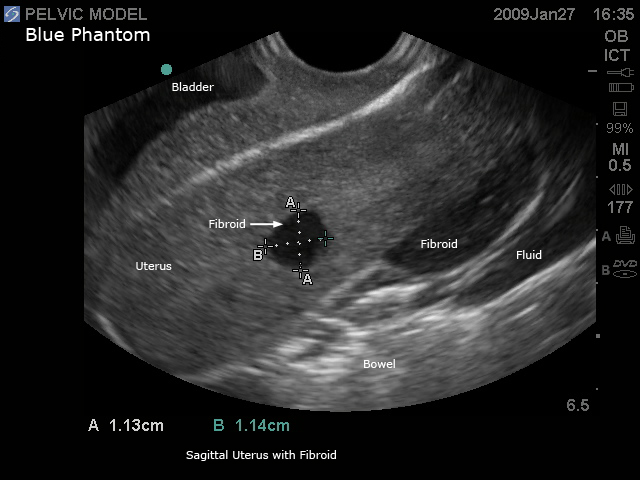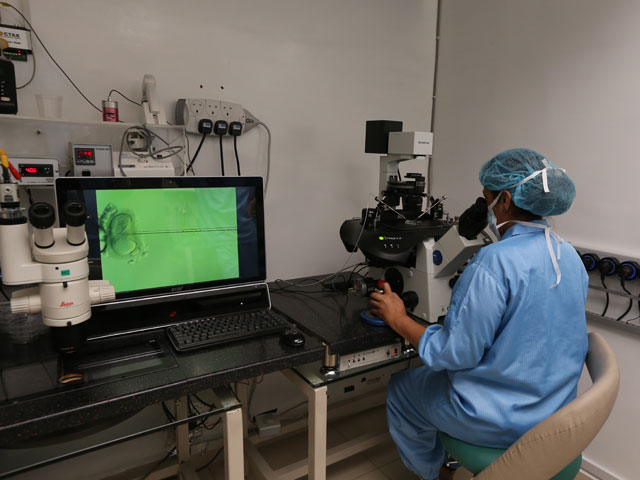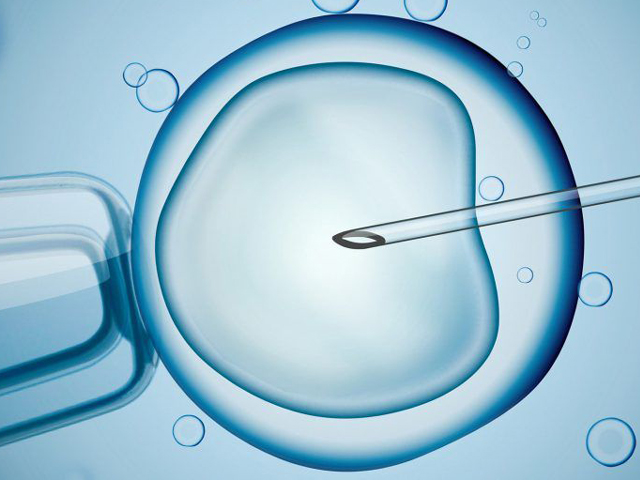Intra Cytoplasmic Sperm Injection (ICSI)
ICSI is helpful in the most severe male factor cases, where there are
- Insufficient number of available sperms or severe Oligozoospermia
- Insufficient number of normal sperms or Teratozoospermia
- Low grade sperm motility or Asthenozoospermia
- Obstructive Azoospermia or Blockage in epididymis or vas deferens
- Congential absence of epdidymis or vas deferens
- Anti-sperm antibodies
- Failure of fertilization In females, ICSI is helpful in the following cases
- Resistant zona pellucida
- Anti-sperm antibodies
- Failure of fertilization
- In older age group
Initial Consultation
This begins with an in –depth discussion of their fertility problems and the treatment received so far. Complete physical examination is then performed and in most of the cases an ultrasound examination is carried out at the same time. Based on the history and previous investigations, further investigations are advised or alternatively various treatment modalities are discussed. Initial consultation can take up to one to two hours of consultation time, analysis.
Treatment and Management
The female patient is treated with stimulatory drugs in the form of injections and these are taken for about three weeks in different combinations. Detailed instructions about drugs are given once the couple becomes familiar with the procedure. One ultrasound scan is done lust before the start of stimulatory drugs to rule out any ovarian cysts and confirm the existing of quiescent ovaries. Repeat ultrasound scan for follow up of treatment is commenced about 10 days prior to egg collection and patient is asked to come every other day from then onwards. Once the follicles look big enough (>18mm) on the ultrasound scan, one injection is given to ripen the eggs and 36 hours later patient is taken to theater for egg collection. This procedure is done under general anesthesia. Eggs are collected through vagina under the guidance of ultrasound scan and immediately inspected by the attending embryologist to confirm their existence as they are very tiny and can only be seen under the microscope. The whole procedure takes about 30-40 minutes.
The husband is asked to produce the semen sample before this procedure in the room provided to him in the clinic or is asked to bring it from home Sperm can be provided by the husband in the form of semen or acquired through operation. Surgical aspiration of sperms is carried out by a very fine needle attached to a syringe which is pushed into the tube carrying sperm from testis to the penis or a piece of testicular tissue is obtained surgically and processed in the laboratory to release entrapped mature sperms. Individual mature sperm is then picked with a very fine needle through very elaborate equipment and injected into the egg. The result of fertilization is seen in the morning and if successful, patients are informed over the telephone and asked to come for embryo transfer on day 2 , day 3 , or day 5 of egg collection. On their arrival the quality of the embryos , the number of embryos to be transferred and their chances of success are discussed in detail.

Step-1 Collection of Eggs

Step-2 ICSI

